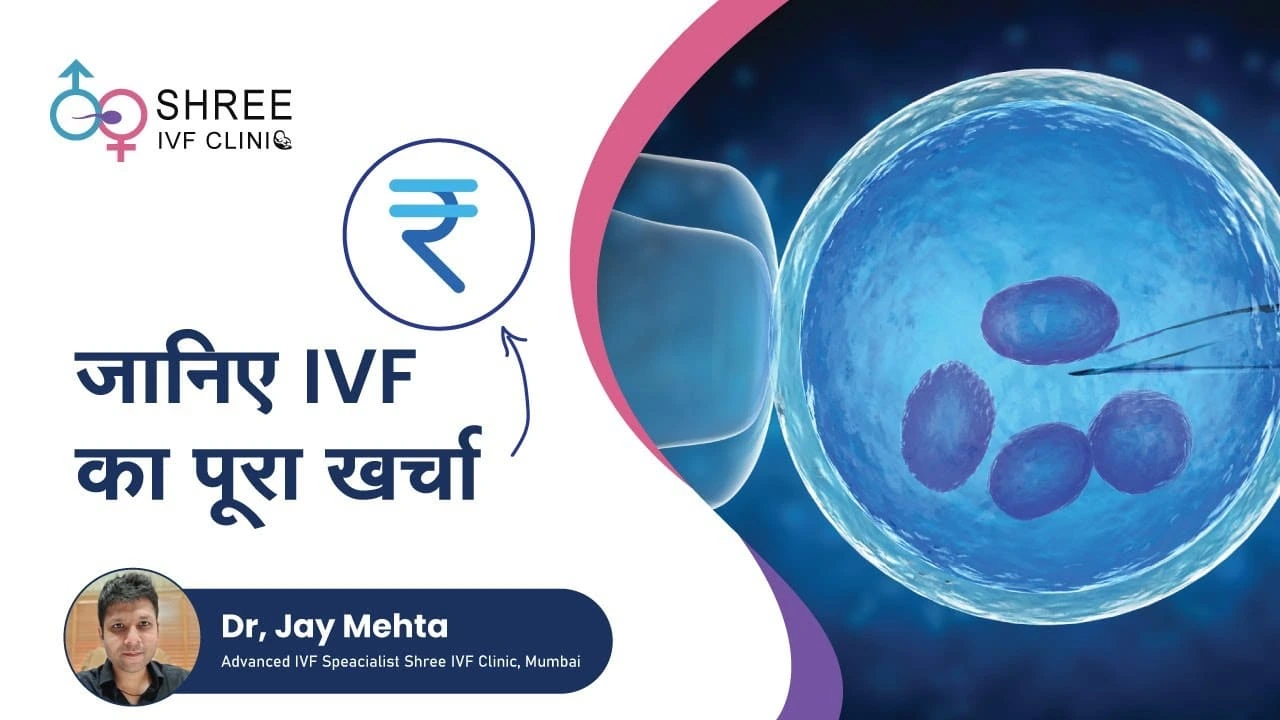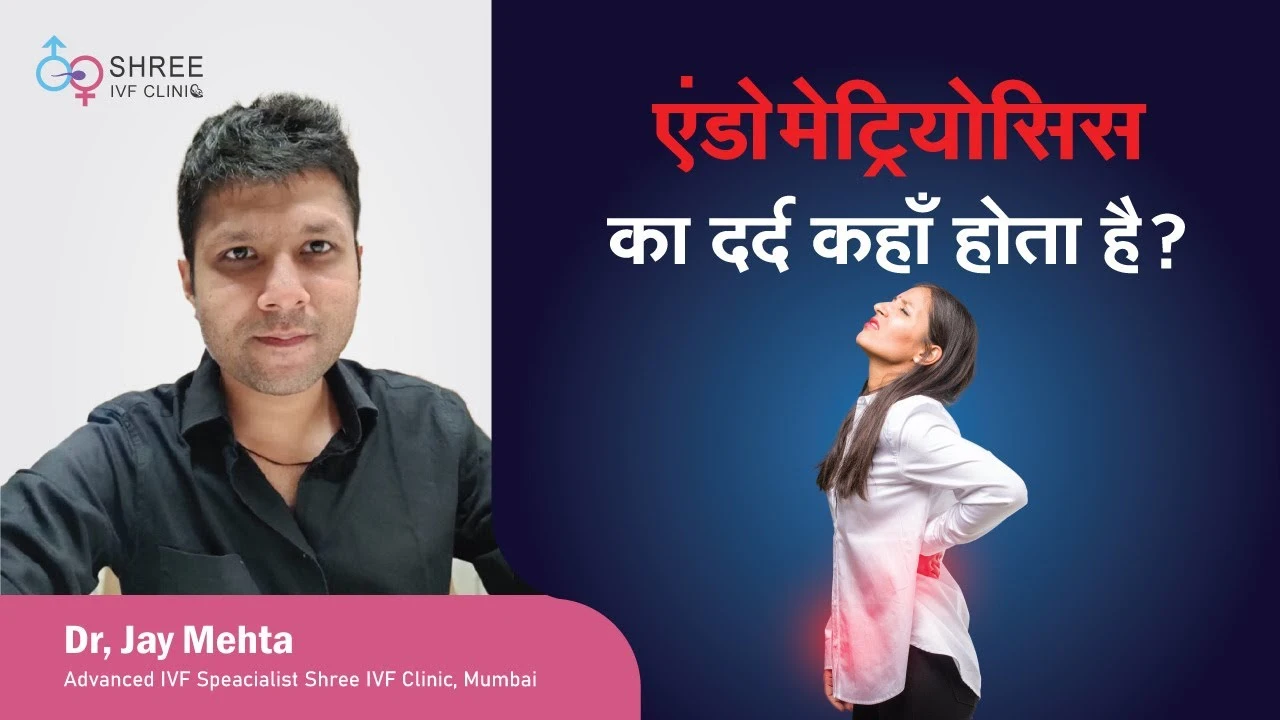Can couples with Thalassemia Minor get Pregnant with IVF?
UPDATED ON 06th JUN. 2023
AUTHOR
Dr Jay Mehta
Scientific Director & IVF Specialist with 10+ years of experience
TREATMENT
CONDITION
GET IN TOUCH ON
Thalassemia, a genetically autosomal disease, is unfortunately common among Gujaratis, Kutchis, and Sindhis.
The disease comes in two main forms: minor and major. A minor diagnosis is manageable, but thalassemia major can have fatal effects on children, often requiring frequent blood transfusions.
The genes responsible for thalemia are HBB and HBA1, and their interplay determines the nature of the disorder in the carrier.

If both parents have Thalesemia minor, there is a significant probability matrix that unfolds. To illustrate this, let’s understand the four possible outcomes:
- Two normal genes combine
- One normal and one abnormal gene combine
- One abnormal and one normal gene combine
- Both abnormal genes combine
The silver lining here is that there is a 25% chance that the child will be entirely free from thalassemia. However, a shadow also falls with a similar probability (25%) of the child suffering from thalassemia major.
There’s an additional 50% chance that the child could become a Thalesemia carrier, which is a Thalesemia minor.
Evaluation of Disease
When the parents are both carriers of thalassemia minor, the way forward is illuminated by the advent of genome sequencing technology.
Next Generation Sequencing (NGS) is done to create a comprehensive Thalesemia profile for the couple. This meticulous process involves the collection of blood samples from both parents, from which their genetic material is sequenced and analyzed.
Once the evaluation concludes, the couple is provided with genetic counselling. This vital step enlightens them about the possible outcomes and provides an opportunity to understand the safeguards in place.
The Miracle of Life: Embracing IVF and Genetic Screening
Moving a step forward, after the counseling, comes the true marvel of modern medical science: In-vitro fertilization (IVF).
The journey starts with the formation of an embryo, which is then subjected to a biopsy for further testing.
Trophectoderm biopsy is conducted, followed by another round of NGS for genome sequencing, commonly known as Preimplantation Genetic Screening (PGS).
The PGS report can indicate a range of results, including normal (euploid) or abnormal (aneuploid) outcomes.
If the embryo is euploid, it has to undergo one more test, PGTM (Preimplantation Genetic Testing for Monogenic/single gene defects) combined with PGS.
This 45-day process provides the final report to understand if the embryo is Thalassemia-free.
Welcoming a Thalassemia-Free Child
When the final report is positive, it’s time for the magic to happen. The healthy embryo is implanted in the mother’s uterus, leading the way for a Thalesemia-free child.
Imagine yourself holding a healthy baby, knowing that the dread of thalassemia won’t haunt their life. That’s the power and promise of IVF.
” Every individual and couple’s journey is unique, and
finding the right solutions tailored to their specific
circumstances can make all the difference “
Takeaway
IVF presents an excellent solution for couples dealing with genetic conditions like Thalesemia. It gives them a real chance of bringing a 100% healthy baby into the world, a joy that was once unthinkable for Thalesemia carriers.
This technological and scientific breakthrough has already benefitted many couples, and with continued advancements, it promises an even brighter future.
If you or someone you know is navigating the challenging journey of genetic disorders and parenthood, remember: help is just around the corner. Reach out to us today for more information and take the first step towards welcoming a healthy baby into your lives.
AUTHOR
Dr Jay Mehta
Scientific Director & IVF Specialist with 10+ years of experience
TREATMENT
CONDITION
CALL US 24/7 FOR ANY HELP
GET IN TOUCH ON
Share Article on
Recommended Reading
Hidden Cost of IVF Treatment
A single IVF cycle in India can cost anywhere from ₹1,50,000 to ₹2,25,000. Some clinics offer lower prices but may exclude medicines, freezing, and hatching from the package
Does Endometriosis Affect the Value of the Anti-mullerian Hormone (AMH)?
Yes, endometriosis can impact your AMH level by damaging the ovaries, fallopian tubes, and surrounding pelvic area.
Pain in Endometriosis
Symptoms of endometriosis include period pain, pelvic and back pain, painful sex, leg pain, and bowel discomfort. Pain can be chronic or intense




